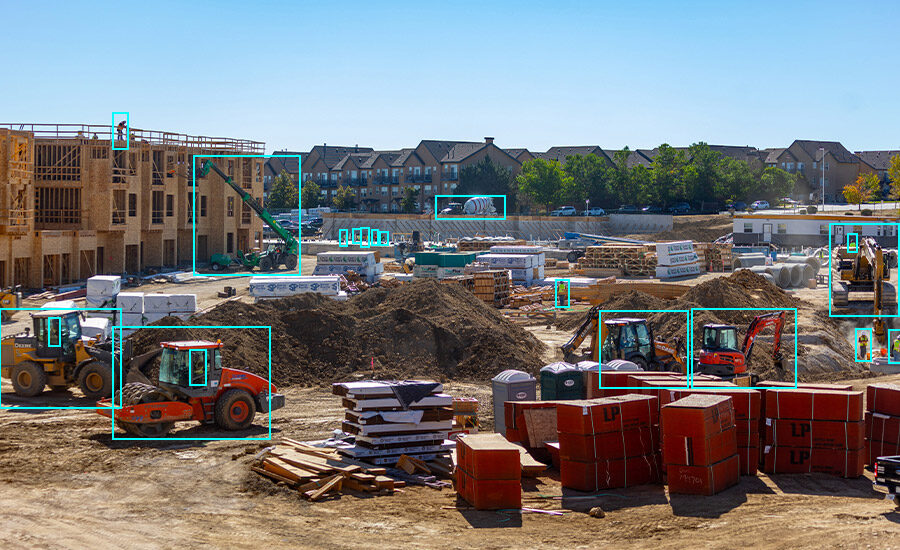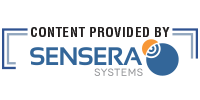
A Practical Application for AI to Improve Construction Productivity

The promise of AI being a practical answer to increasing productivity and your bottom line is always subject to having good data to feed the AI model. Thankfully, AI-driven technology can enhance the safety and success of your projects by utilizing a visual data source that has been available for years.
No Secret, But Still a Concern
At this point, the lack of productivity increase in construction is no secret. To give you an idea of the scope of the problem, between 2000 and 2022, construction productivity grew by only .4% per year. Other sectors, such as manufacturing, rose 3% annually, and the total economy at 2%. This overall lack of productivity draws further concern with the massive labor deficit in construction. According to the Associated Builders and Contractors (ABC), the construction industry will need nearly half a million new workers in 2025 to satisfy demand.

Image provided by Sensera Systems
Jobsites Are Uniquely Challenging
Not only is the construction industry lagging in productivity and experiencing a labor shortage, but there are also factors on each jobsite that make increasing productivity difficult. Jobsites are hectic places and require many moving pieces and parts working together to be safe and successful. Tripping hazards, working at height, and tools/machinery can cause injury if not operated safely. Safety on the jobsite IS directly connected to productivity because any incident stalls or halts progress. In addition to navigating safety concerns on the jobsite, many trade disciplines and subcontractors need to be coordinated to maximize productivity.
Now For The Good News
The common limitation to building an AI model successfully is having access to accurate data to input into the model. The old garbage-in, garbage-out principle. The good news is that construction sites can access 100% real and accurate data through visual data captured by jobsite cameras. This Jobsite Intelligence data is currently captured and utilized, but is limited to the time a person has to review the footage. AI breaks down this limitation and will allow you to quickly find the objects or events you care about on your job site, leading to a safe and successful project. For instance, are workers missing PPE, or did the cement truck arrive on site this morning? Instead of combing hours of footage to trace these events, you can search hundreds of hours of footage across multiple cameras in seconds, utilizing AI-driven image search on your projects.

Image provided by Sensera Systems
Accountability to Increase Productivity
With multiple subcontractors on site, holding each sub accountable for their piece of the project being on time and budget is very important for overall project success. Managing this progress can often lead to drives to the jobsite or loose interpretations of what “done” actually means when speaking to the sub directly. With AI-driven image search, you could see exactly when each trade showed up on-site or how long it took them to complete their scope of work.
Deliveries arriving on the jobsite on time and in the proper quantity are also critical to daily productivity. With AI image search, delivery tracking, or rough inventory counts of materials could also be easily accomplished from anywhere.
Another practical application of AI search is training your staff in the field. Overall productivity can be increased by training staff to be more productive individually. For instance, AI-driven search will allow you to isolate footage of a concentration of people on a jobsite. If there is a surplus of workers on that given task, you can discuss what a better use of their time would be by referencing real-world examples. Safety and PPE issues can also be addressed proactively using visual examples from relevant footage.
A Practical Approach To Productivity Improvement
AI-driven image search has several strong use cases and is in play at some of the largest general contractors. This piece of Contech is particularly exciting because it is a straightforward and practical application to increasing productivity in construction. The data is already available from jobsite cameras, and if you select the right partner, it is quick to implement and easy to use in the field. While image search alone will not solve all the productivity challenges in construction, it is obtainable now and has several practical applications to move the needle forward.
Post a Comment
You must be logged in to post a comment.





